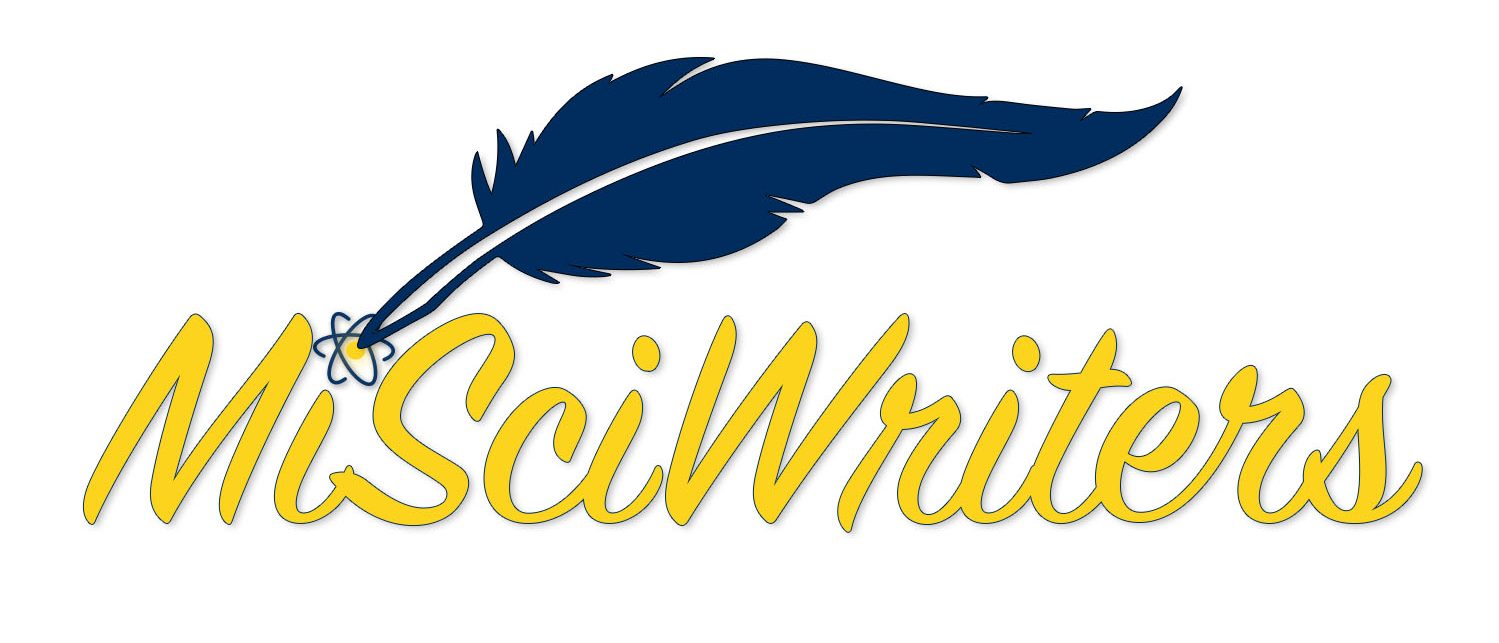By: Sarah Kearns. Edited by: Srihari Sundar & Whit Froehlich
Online presence and shareability of content are ever-more important in our modern and increasingly digital world, and science and medicine are no exceptions. With published papers still being the standard for disseminating research, journals and publishing companies continue to largely serve as the gatekeepers of scholarly content. Accessibility is a critical component, with journals either labeled as Open Access (OA) or paywalled, the latter implying that readers must pay before being able access the content. The motivation behind OA is that open is better than closed – having access to the complete version of a scholarly paper increases the transparency of research, contributing to a more reliable scientific system. Continue reading “Changing Scholarly Publication Practices: The Open Access Movement”

